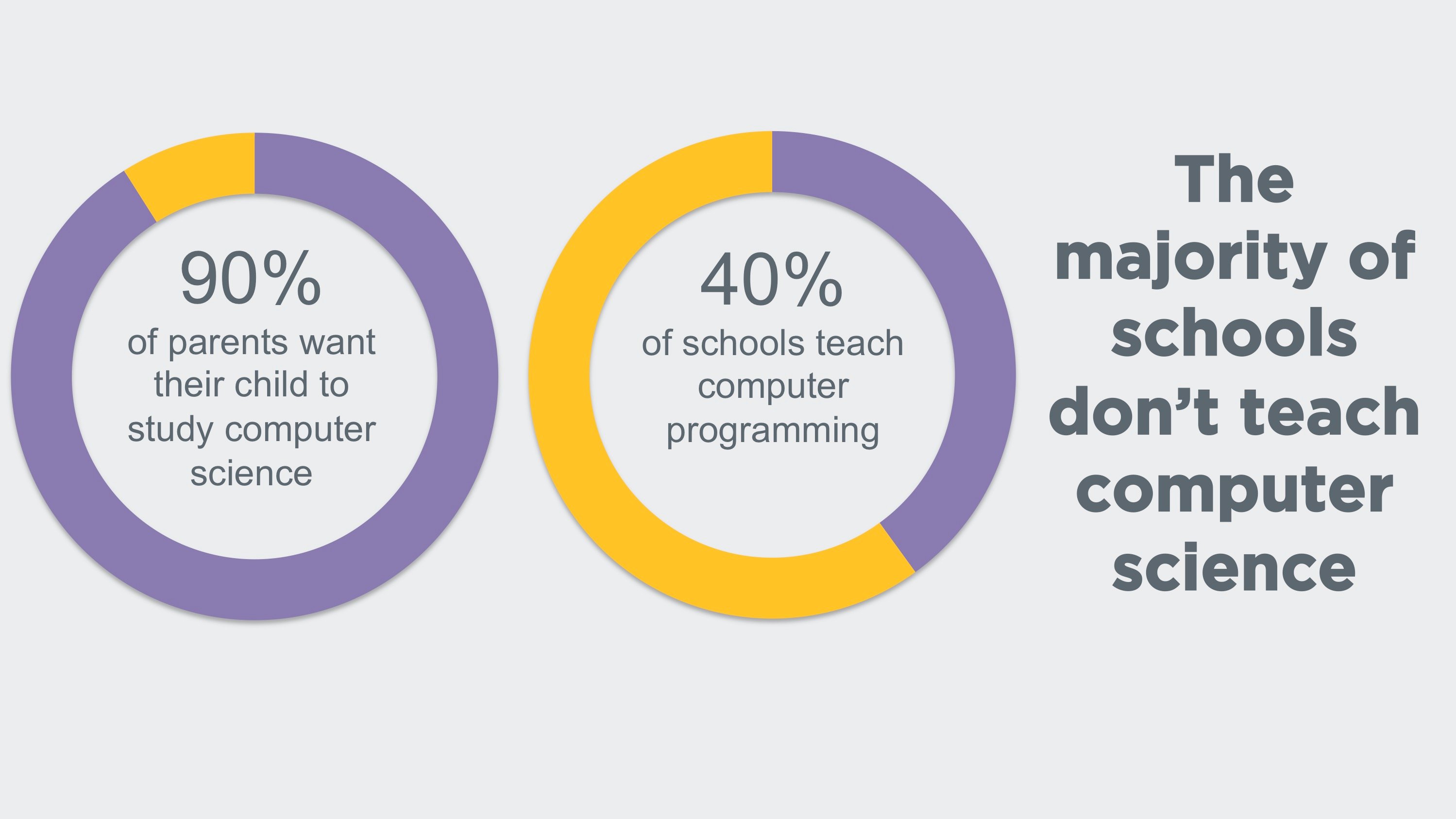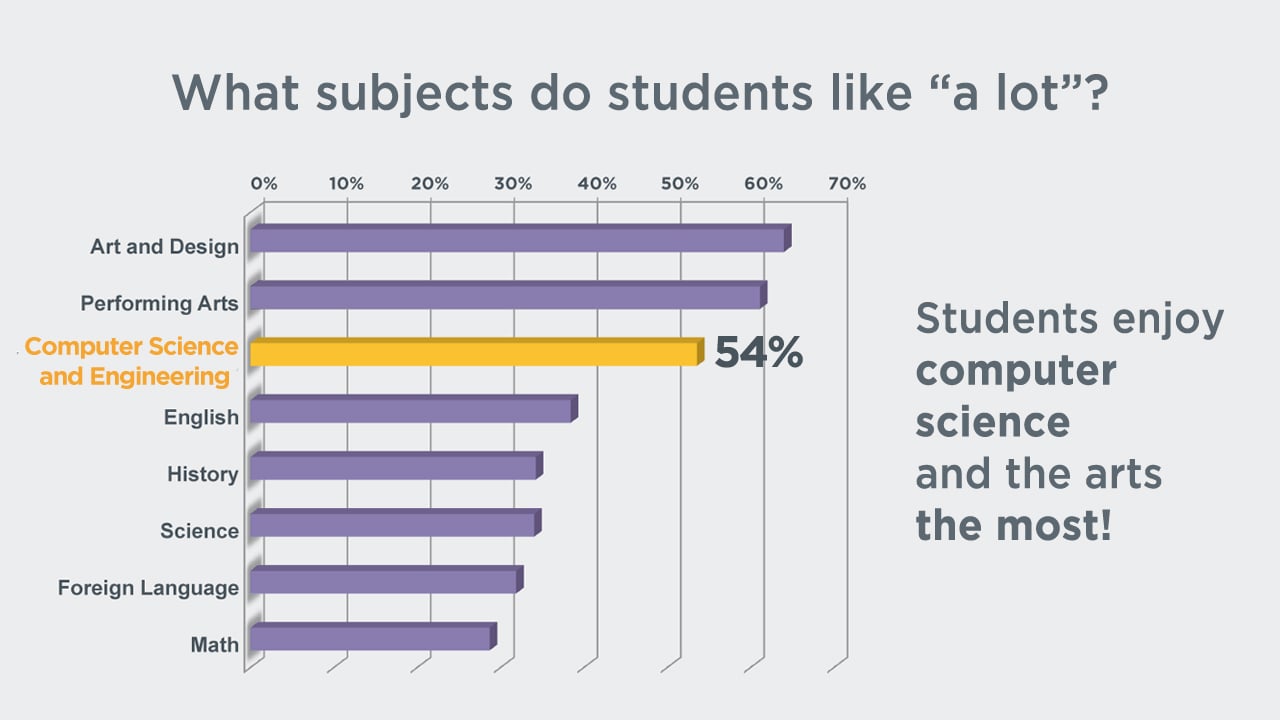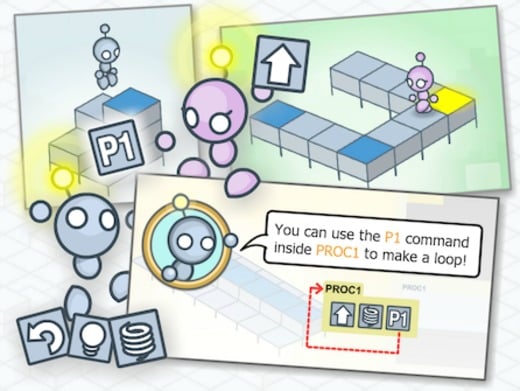
From December 5-11, millions of kids in over 180 countries will take the Hour of Code challenge. The annual initiative, which coincides with Computer Science week, is organized by Seattle-based non-profit Code.org to demystify the world of coding, and inspire students of all backgrounds and ages to consider a career in software engineering.

During the hour, which can be set aside any time of the week, participants learn to program using one or more of the free tutorials offered on the Code.org website. The sessions that are organized by age and experience level and available in 45 languages, begin with a brief introduction to computer science. Then comes the fun part — coding. With tasks that include solving a problem for Disney’s daring teenager Moana, taking Alex or Steve on an adventure through a Minecraft world, or building a Star Wars Galaxy, there is something to interest everyone. This year, the organization has also partnered with several robotics companies for those that prefer to program robots.

Started in 2013, the Hour of Code is now one of the biggest global learning events. This year, over 117,000 Hour of Code events have been registered worldwide thus far, and the numbers can only grow once the week begins. While schools are the biggest participants, corporations have started organizing Hour of Code events as well. Apple Inc. will offer free workshops at their stores the entire week, while Google is exposing students to the science with various initiatives that include taking them on virtual field trips using the Google expedition virtual reality kits.

For schools that want to go beyond the hour, Code.org has created computer science courses. Available for elementary, middle, and high schools, they can be used by educators to offer computer science as a subject during the school year. According to the non-profit’s website, over 43,000 teachers have undergone Code.org’s professional learning program to teach computer science to over one million students. Of these, 2,000 are high school teachers who aim to start a full-year computer science course in schools that have not offered the subject before.

Though the 32 states that currently count computer science classes towards high-school math or science requirements is a big improvement over the 12 states that recognized the subject in 2013, there is still more to be done. But thanks to organizations like Code.org, things can only improve. To see how you and your school can participate in this exciting event, go to hourofcode.com.
Resources: code.org